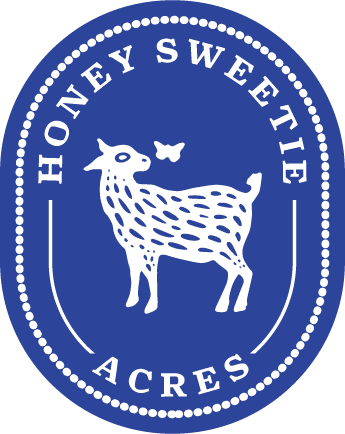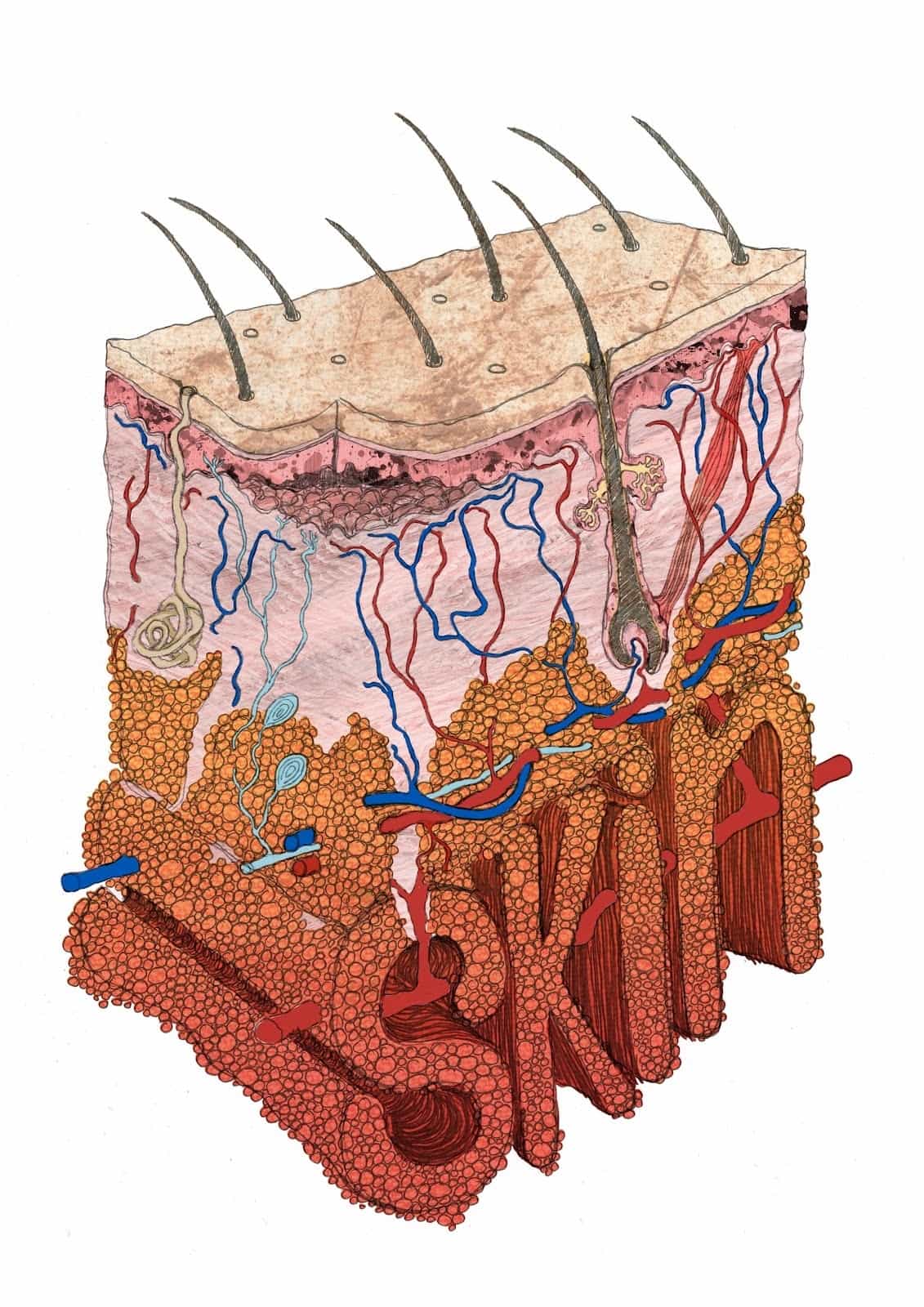Can Cosmetic Products Really Work on Fine Lines and Wrinkles?
The cosmetic market is replete with creams, lotions, sprays, gels and oils all promising to miraculously remove wrinkles and promise a youthful appearance. Can they really do this?
Having worked in laboratories and/or the chemical industry most of my career, I have had the good fortune to meet and talk with scientists who worked on cosmetic formulations. I have also worked in an environmental laboratories where the results on various products were shared with those in the cosmetic industry. With the human obsession for beauty and perfection, the ongoing search for an age-reversing product is never ending.
The “organic” and “nature-based” ingredient craze has not gone unnoticed by Corporate America and there is ongoing research to create products with better, cleaner ingredients than ever before. At a company investor event a few years ago, I had the fortunate opportunity to sit with two women scientists whose research centered around improving the texture and appearance of facial skin. However, in our discussions it was made clear to me that “wrinkles cannot be removed”. Products have only a limited ability to diminish their appearance. The claims to remove them and restore youth is professional marketing hype. We can plump, fill, cover, hydrate, soothe, lift and support but we cannot repair.
Why do wrinkles develop?
In the skin care business, we hear a lot about anti-oxidants being protective for the skin. We want to fight oxidation. Oxidation is the breaking or bending of chemical bonds.1 Your skin and for that matter, your entire body is made up of chemicals that break down over time. This is how we age.
When wrinkles develop, it is because the structure of the skin has changed. The skin is composed of proteins, fats, oils which also break down over time. As an analogy, think of a rubber band that flexes. When you smile or frown you are flexing the skin, just like you are stretching that rubber band. Now thru your lifetime, you do this over and over and over again. Eventually the rubber band will develop splits and cracks and will inevitably break. Like the rubber band, the tissue endures this repetitive stress and creases appear. Cells split, collapse and break leading to lines, wrinkles & crows feet. You cannot repair these cells, you can only slow the progression by taking care of the nutrient and fat content in your skin.
Skin is the largest organ
Skin is the largest organ in your body and is composed of many things. One of the principal ingredients in skin is protein, which is under daily attack from many directions. It has been proven that damage to proteins in the skin occurs from too much sun exposure (ulta-violet radiation). However, simply residing on earth exposes us to alpha & beta particles (decay of radioactive material), ozone and carbon monoxide (pollution & smog) and other undesirables in the atmosphere. 2 Each of these continually age the skin.
This is to speak nothing of the internal stresses that our body endures which can manifest in the appearance of the skin. Poor water intake, drinking only de-hydrating beverages such as sodas and liquor, bad fats and sugars and low protein consumption all take their toll on the skin from the inside out.3 Job stress, high blood pressure, frustration, fear, anger, anxiety, skewed blood sugars are all challenges to overall health. Too many people totally ignore these things as being part of the puzzle in managing healthy skin care.
More about Fine Lines & Wrinkles
So before you spend $75, $100 or $200 on that miracle skin cream that promises to remove wrinkles and give an ageless appearance, remember that simple hydration from natural plant and animal based sources will naturally shield your skin. This is what we seek to provide in our product formulations. We remain committed to using the Ingredients that truly nourish, enhance and reduce the daily dermal stress.
- Freifelder, David. “Molecular Biology”. San Diego, CA, Jones & Bartlett Publishers, 1983
- Oxtoby, David, “Principles of Modern Chemistry- 2nd Edition”, University of Chicago, Chicago, IL, Sauders College Publishing, 1987
- Tortora, Gerard. “Principles of Anatomy & Physiology – 14th Edition”, Hoboken, NJ, Wiley Publishers, 2013
- Gibson, Andrew – Cross Section of the Skin, Artist & Illustrator



Comment
Great article , gave me something to think about . Be happy in your own skin , Try to make healthy choices along the way . Thanks for educating us on this .